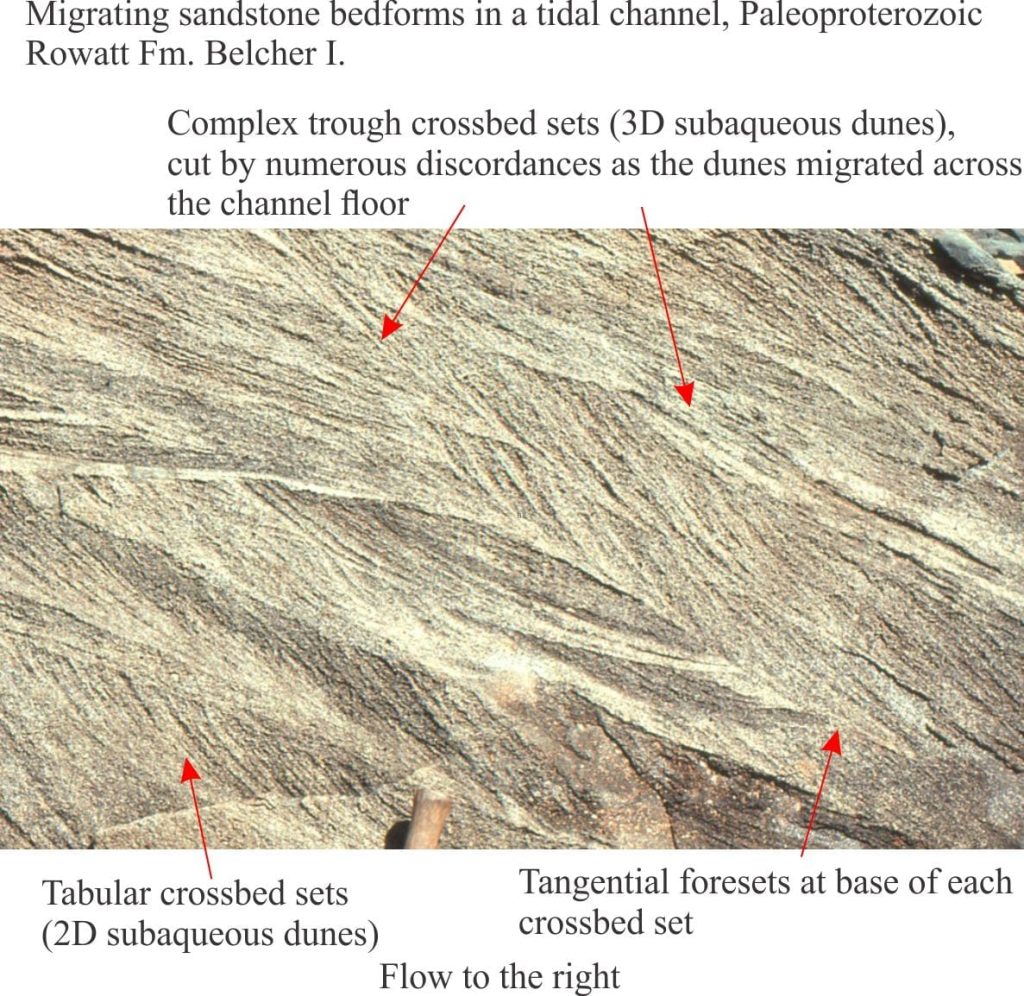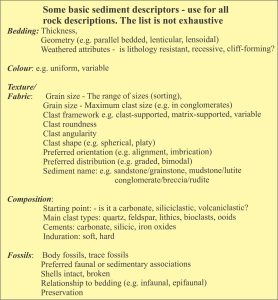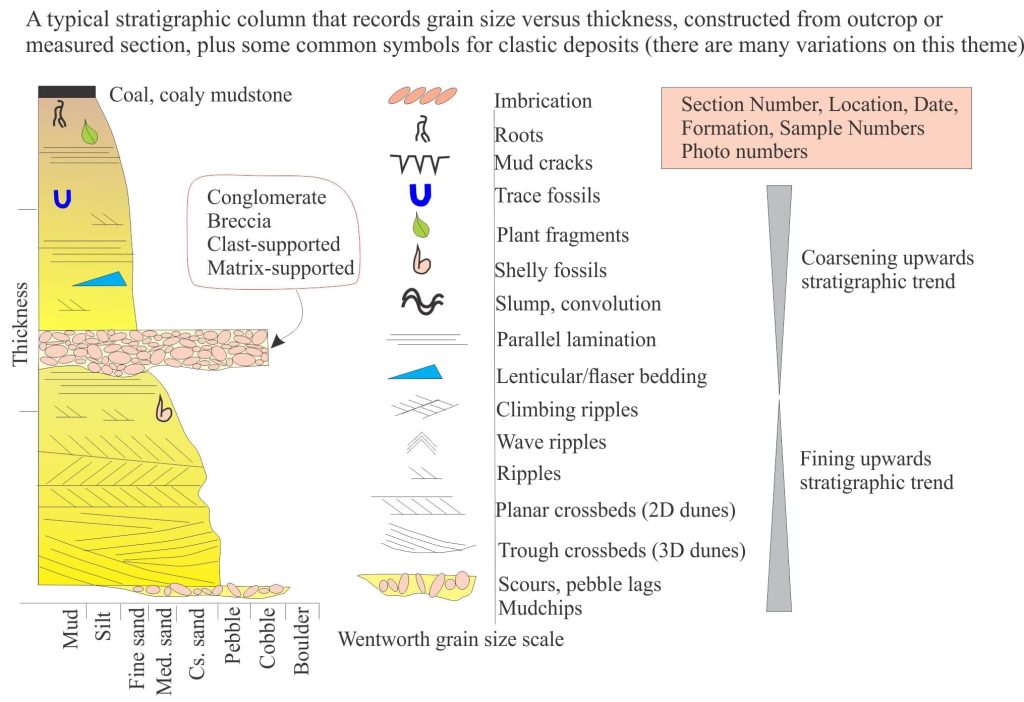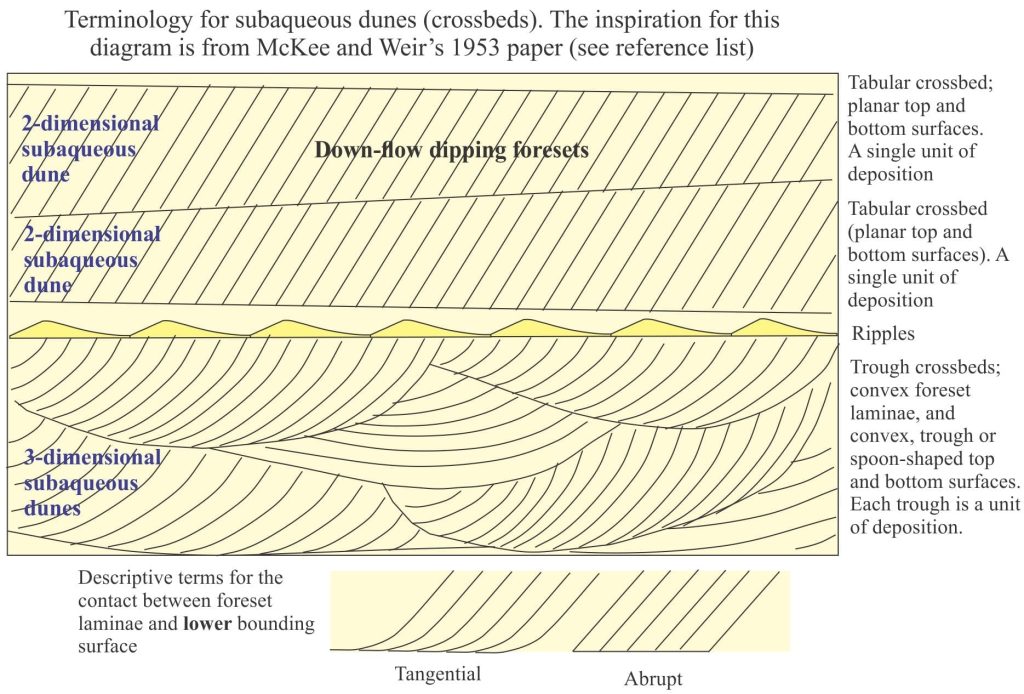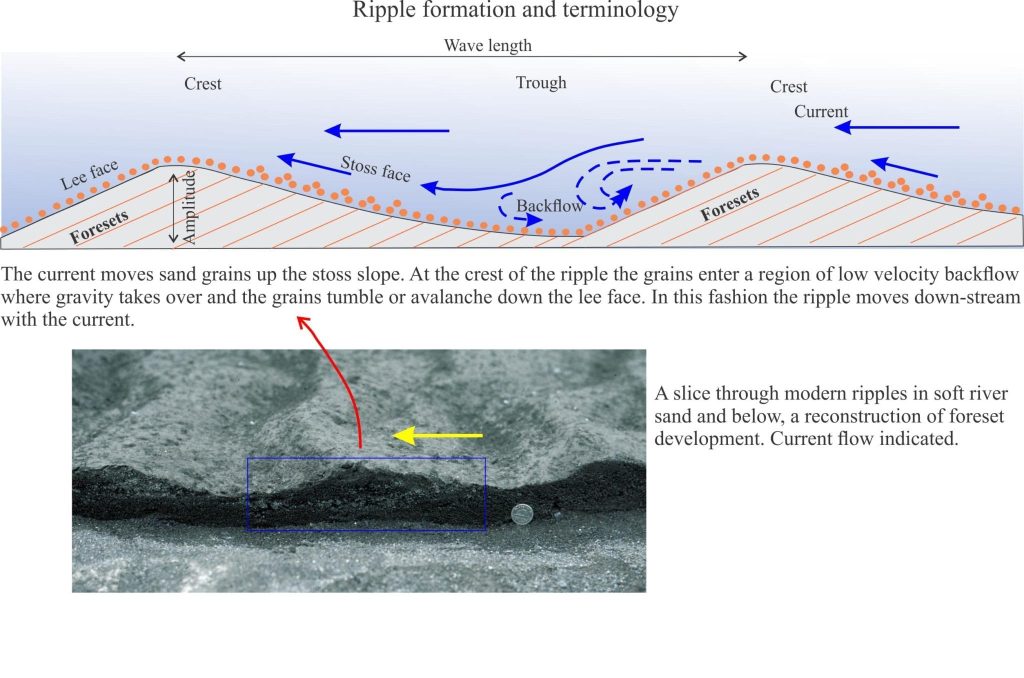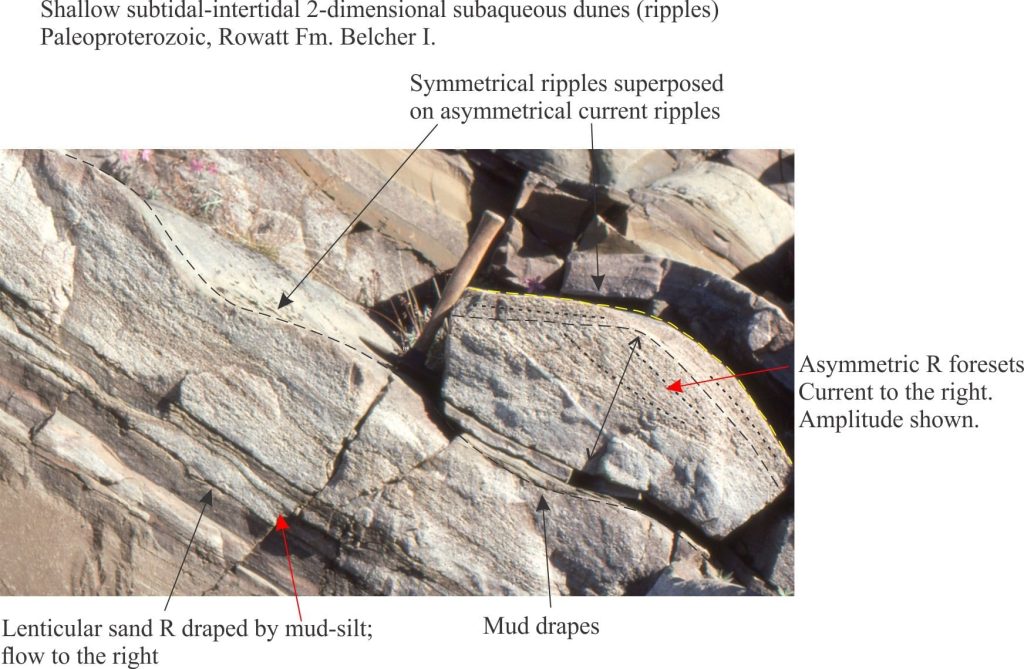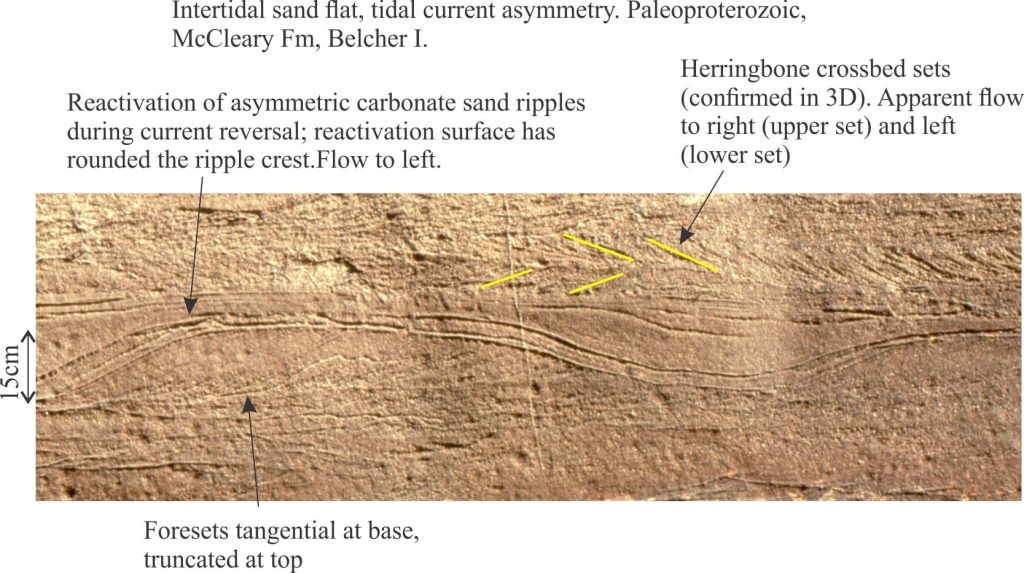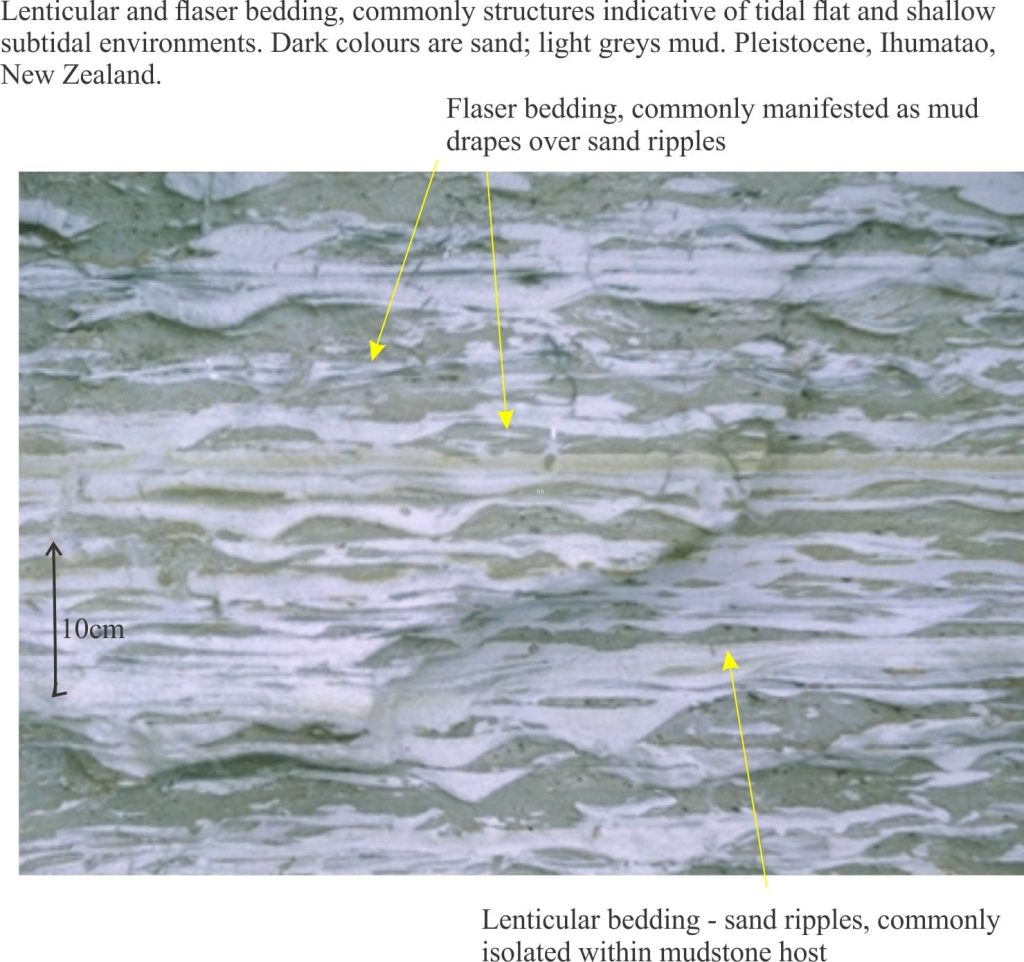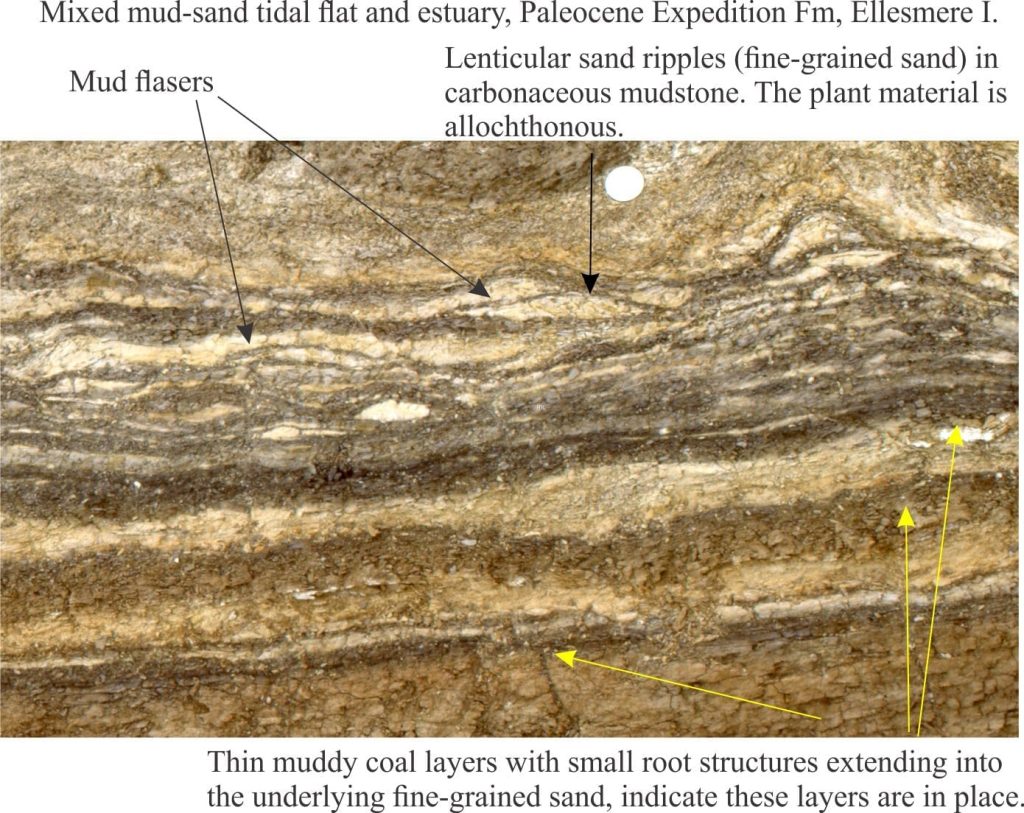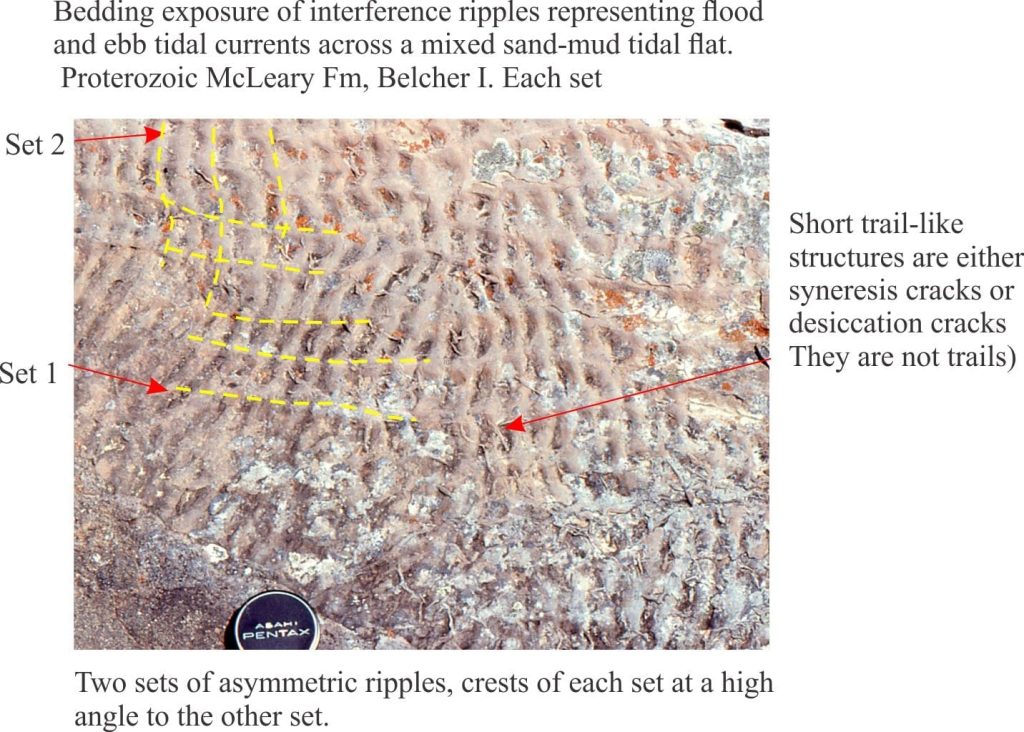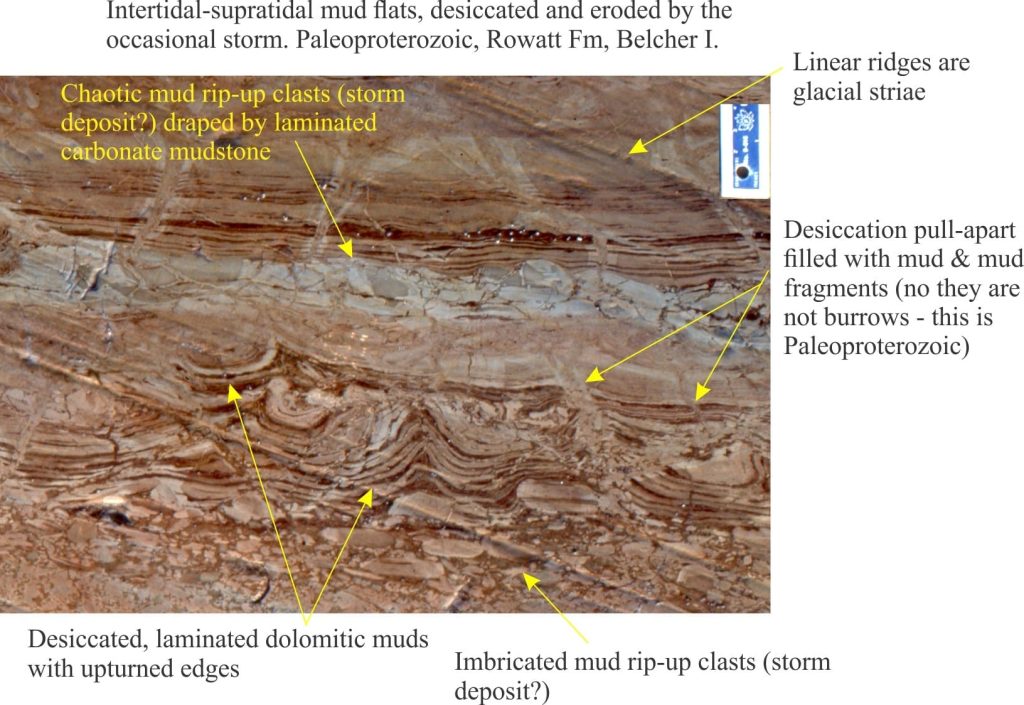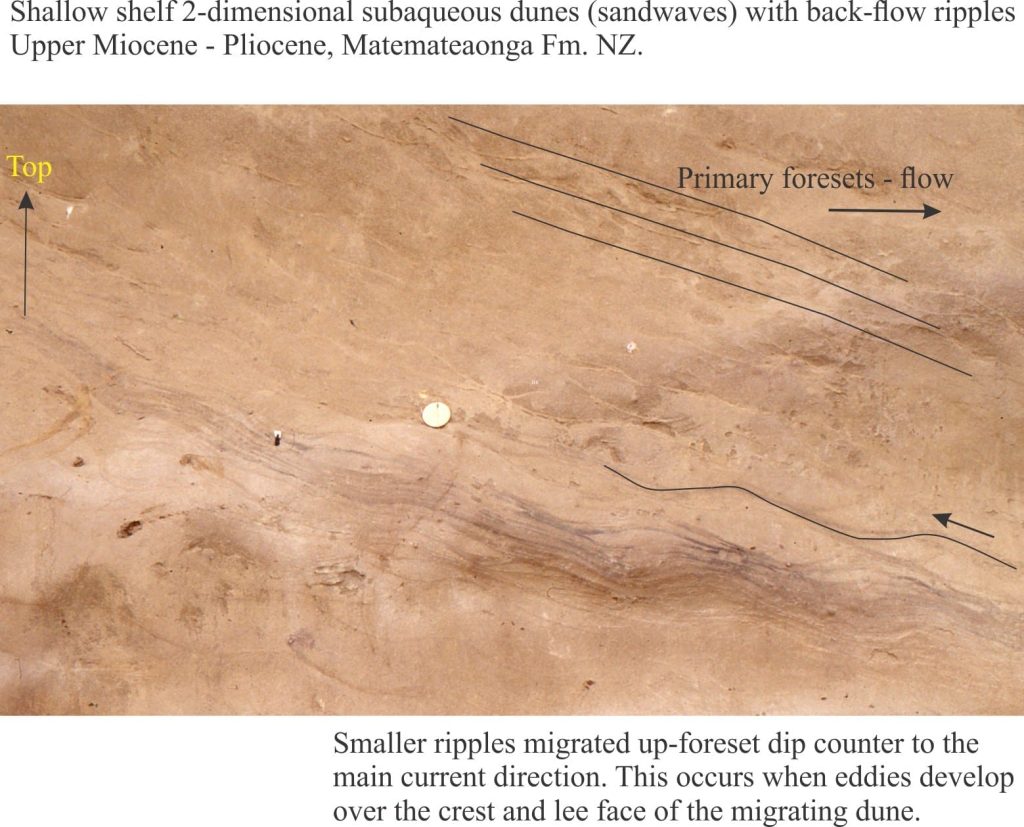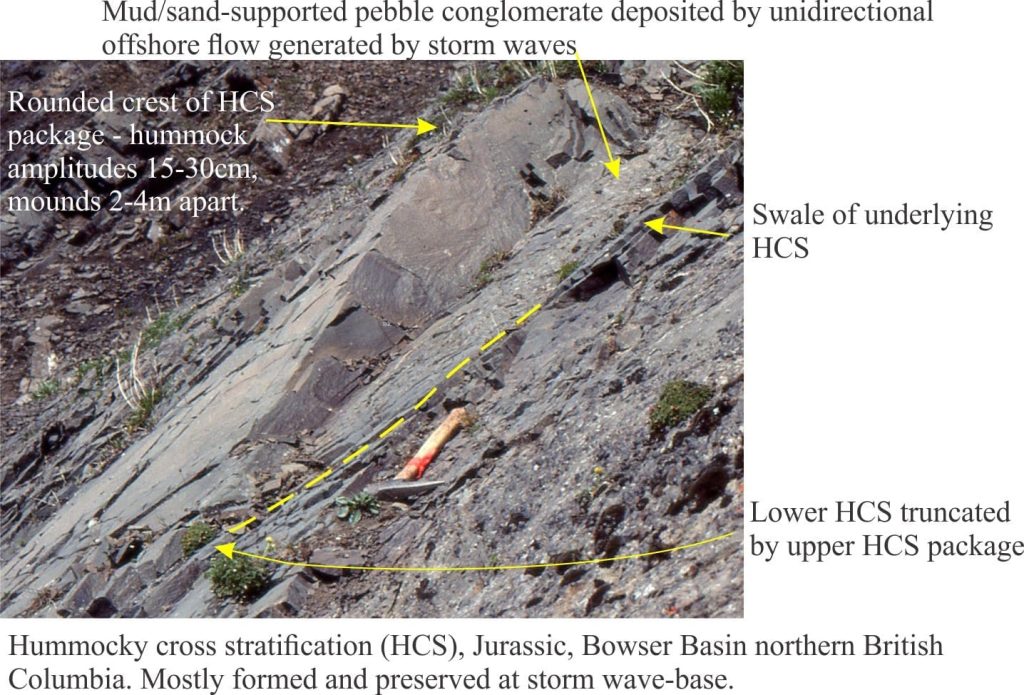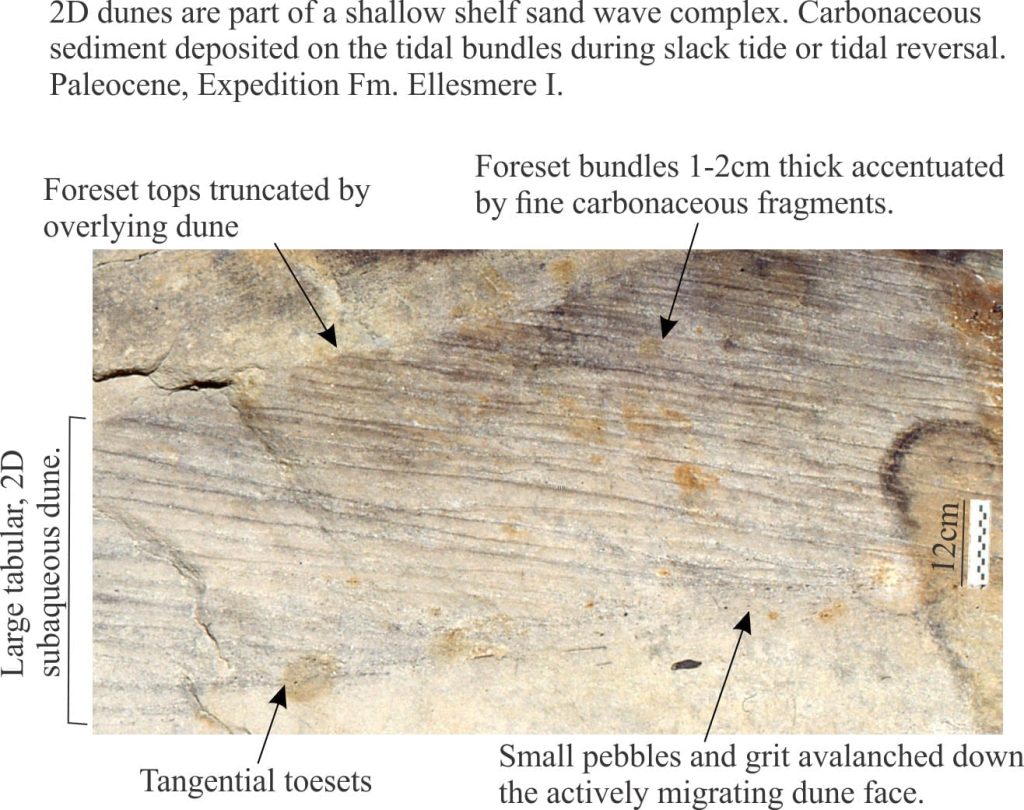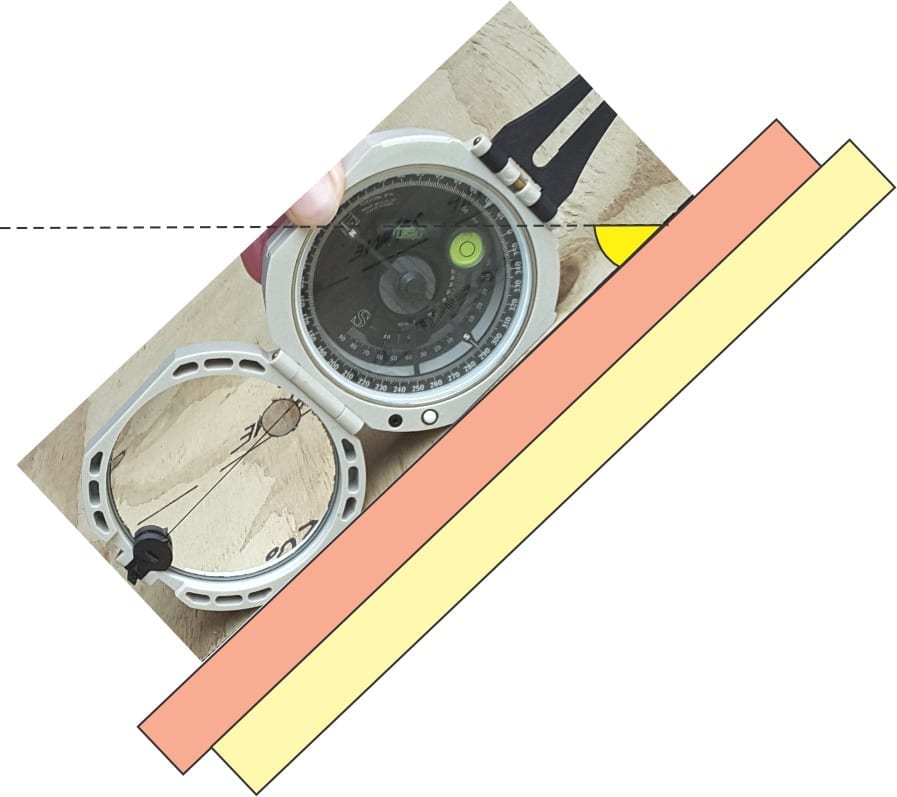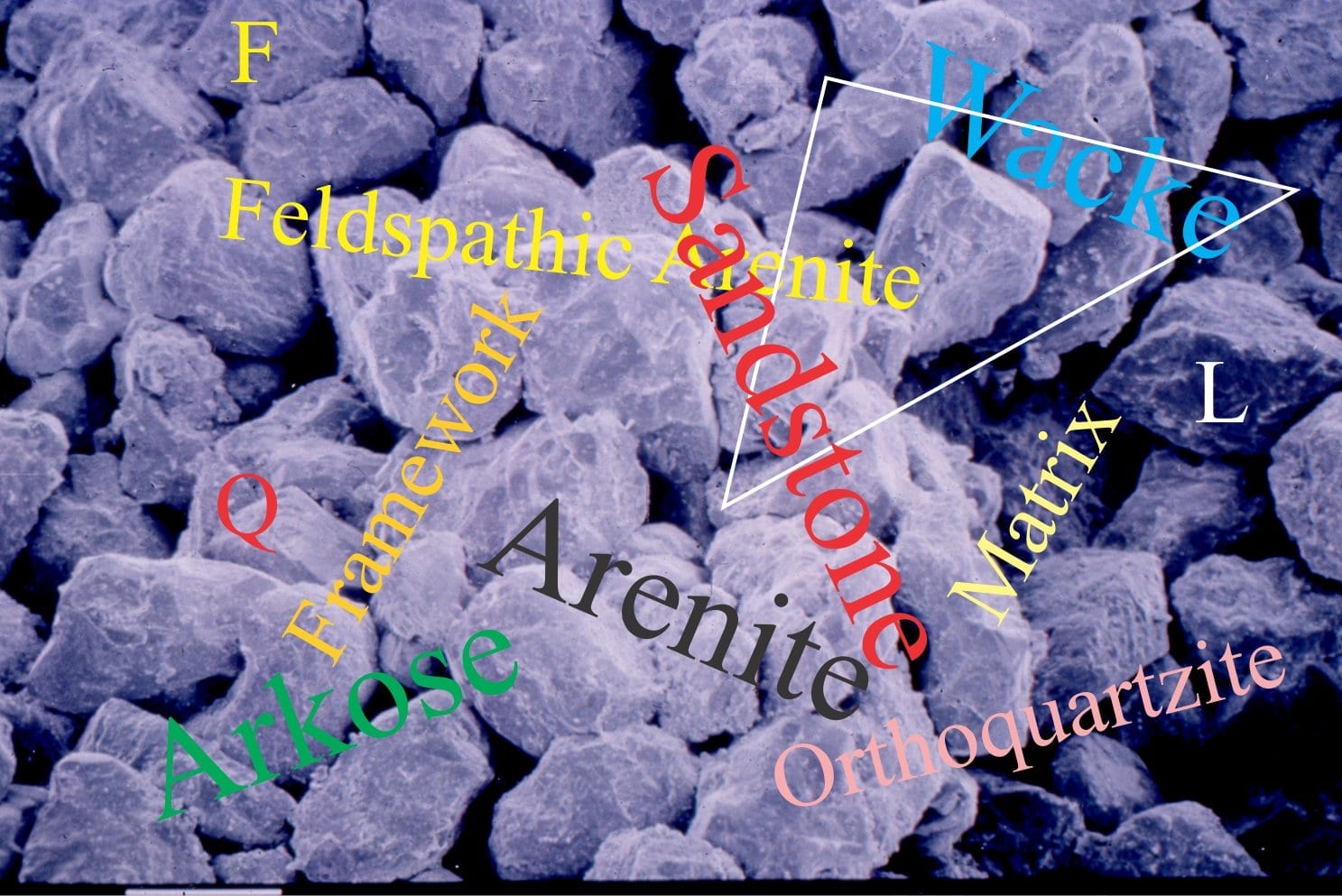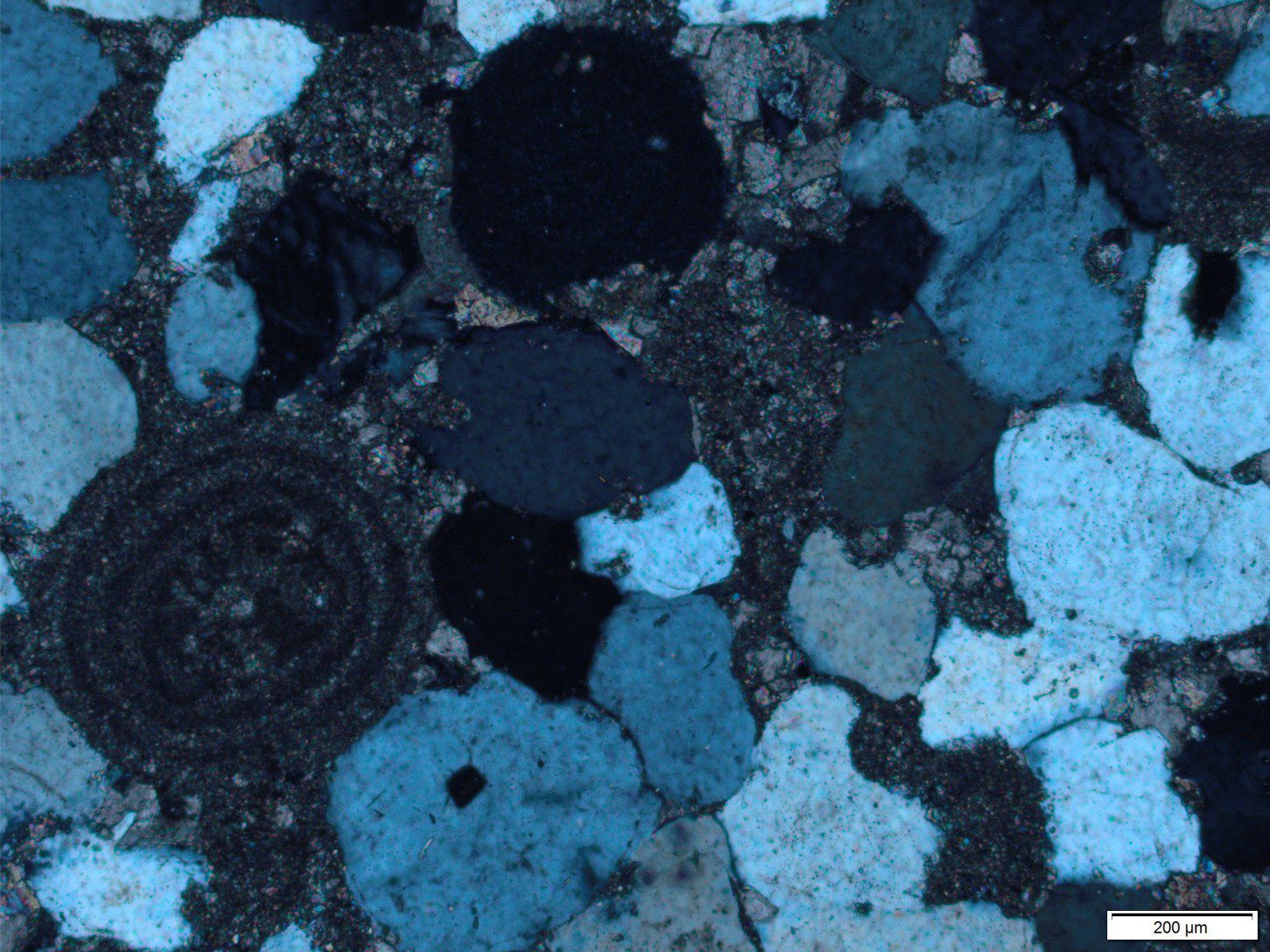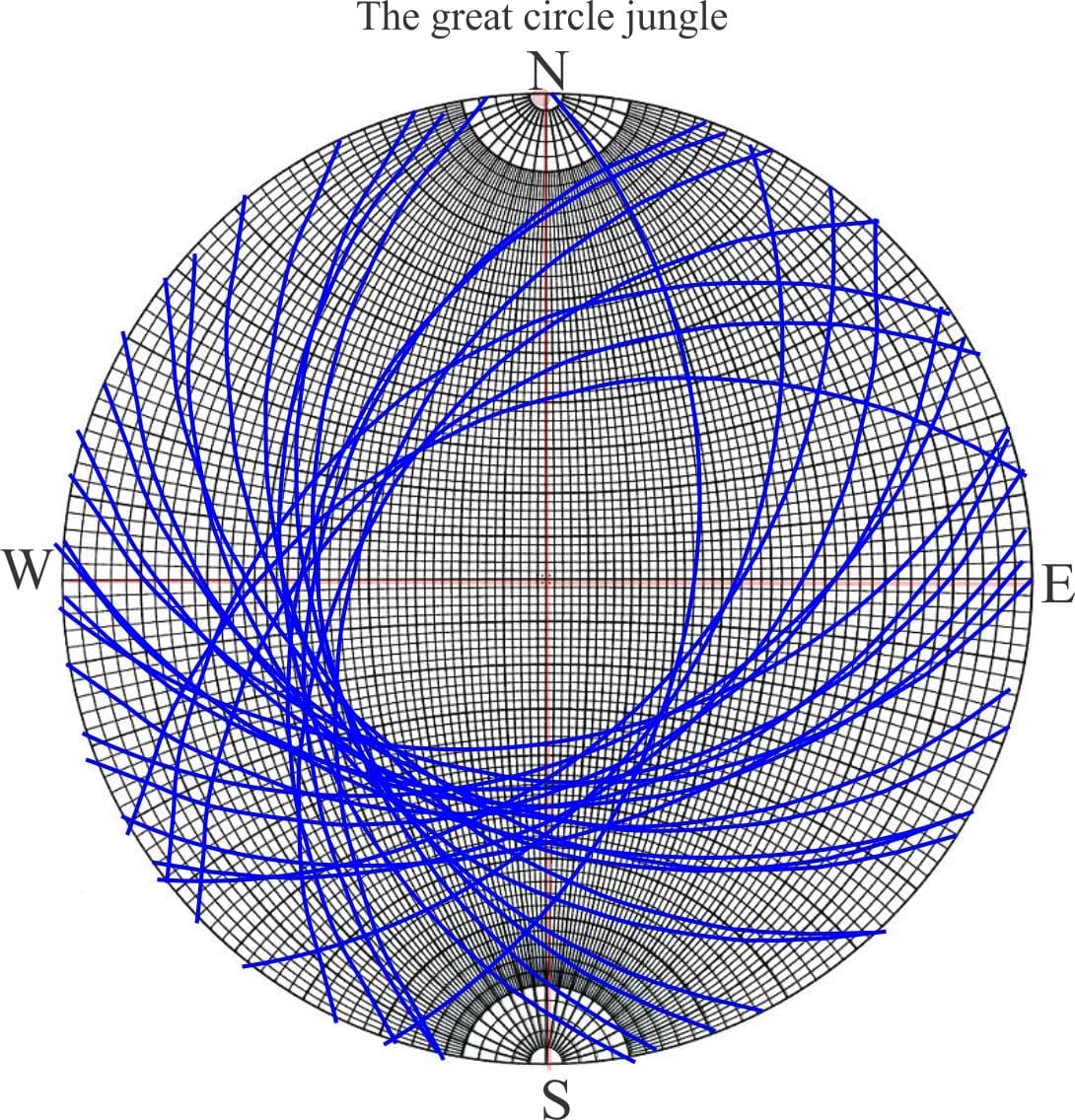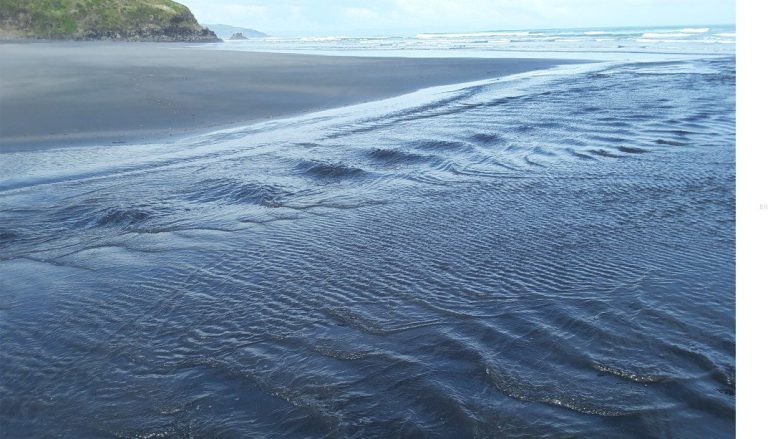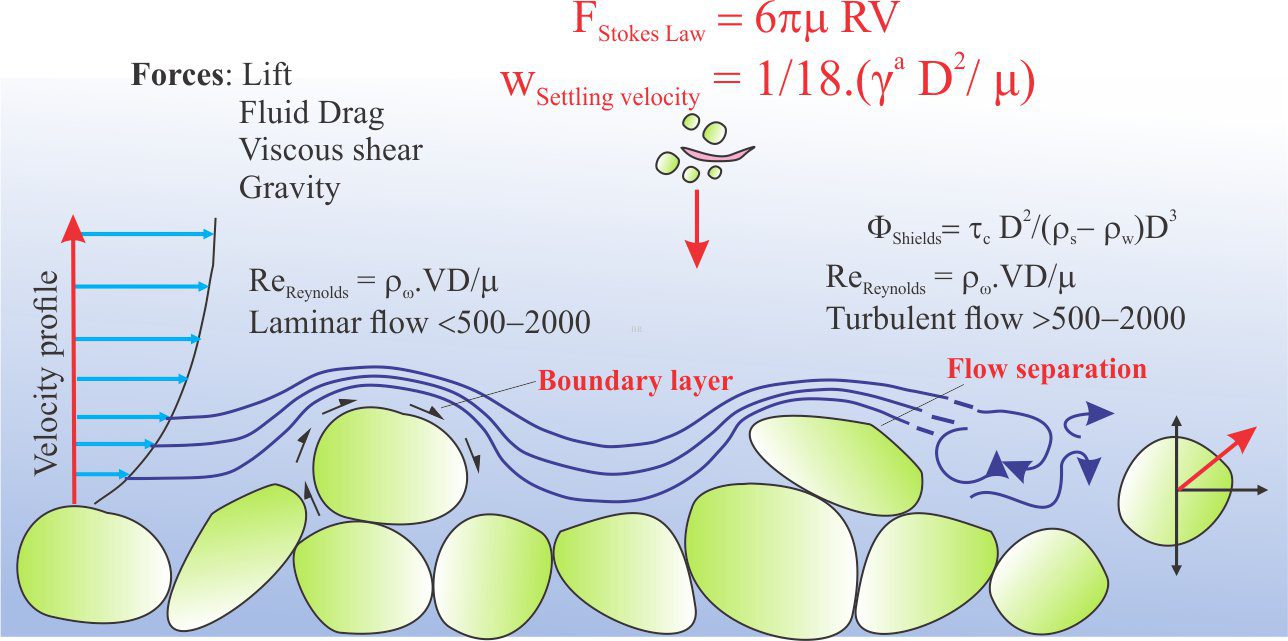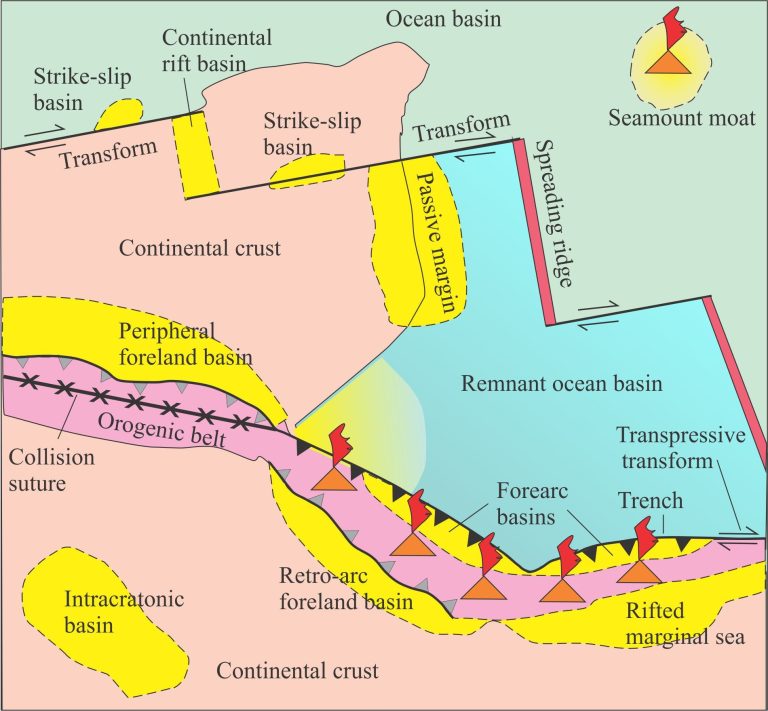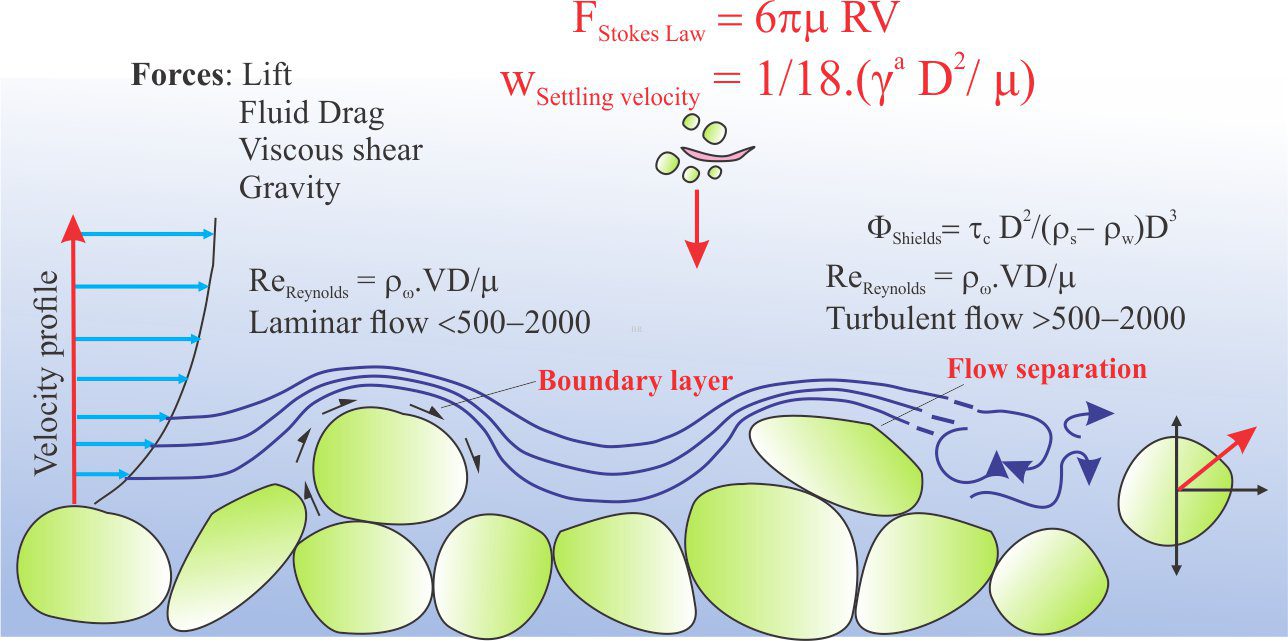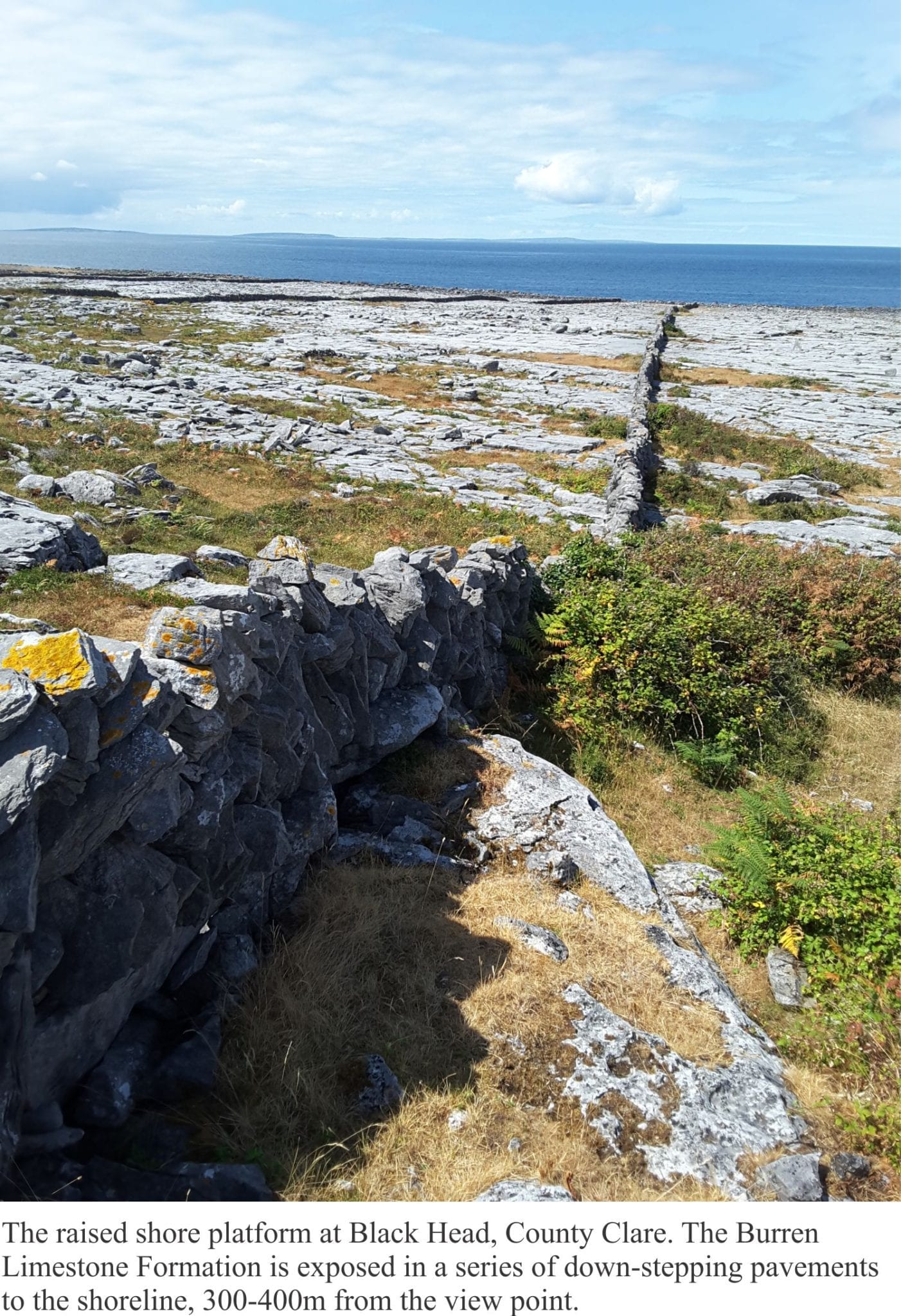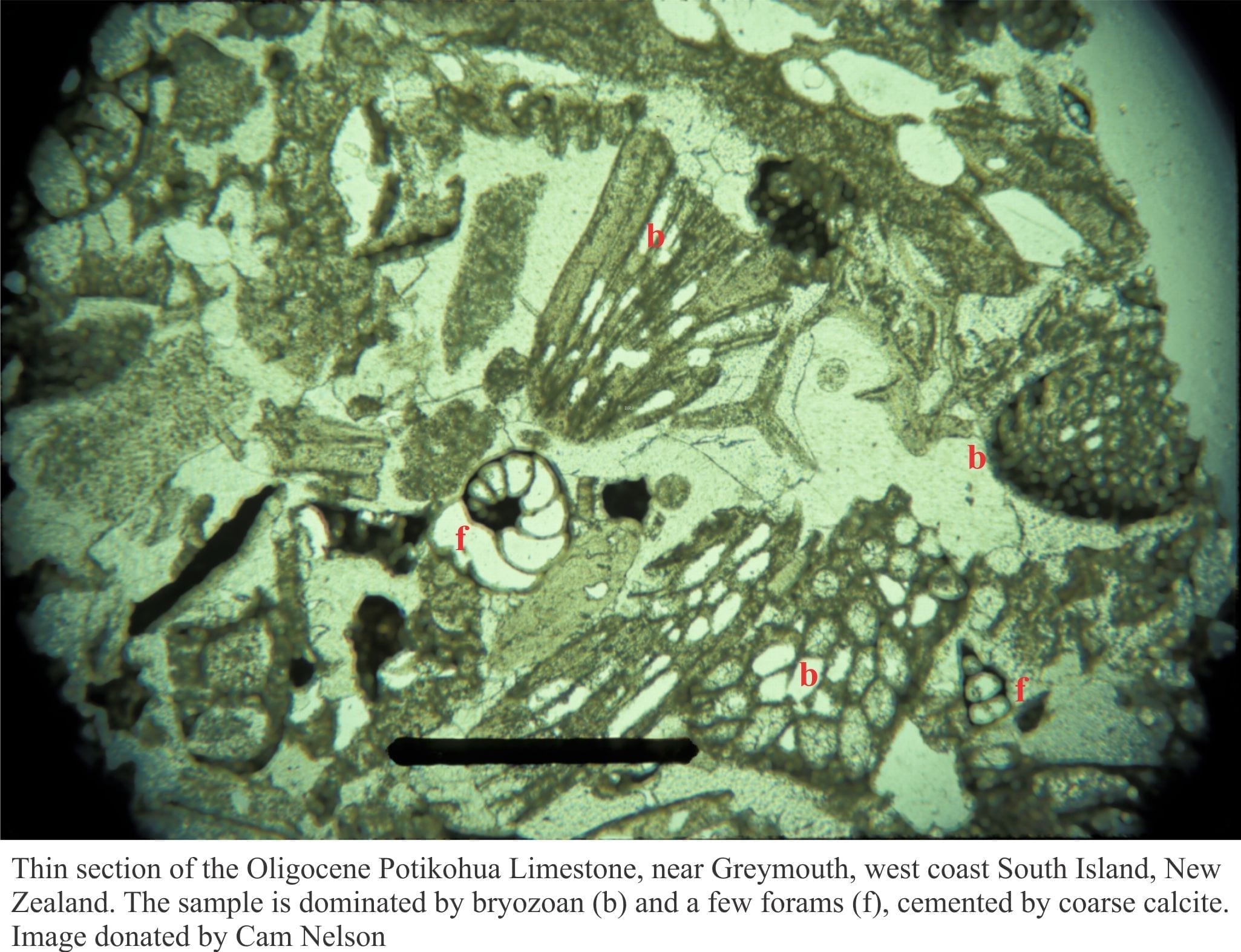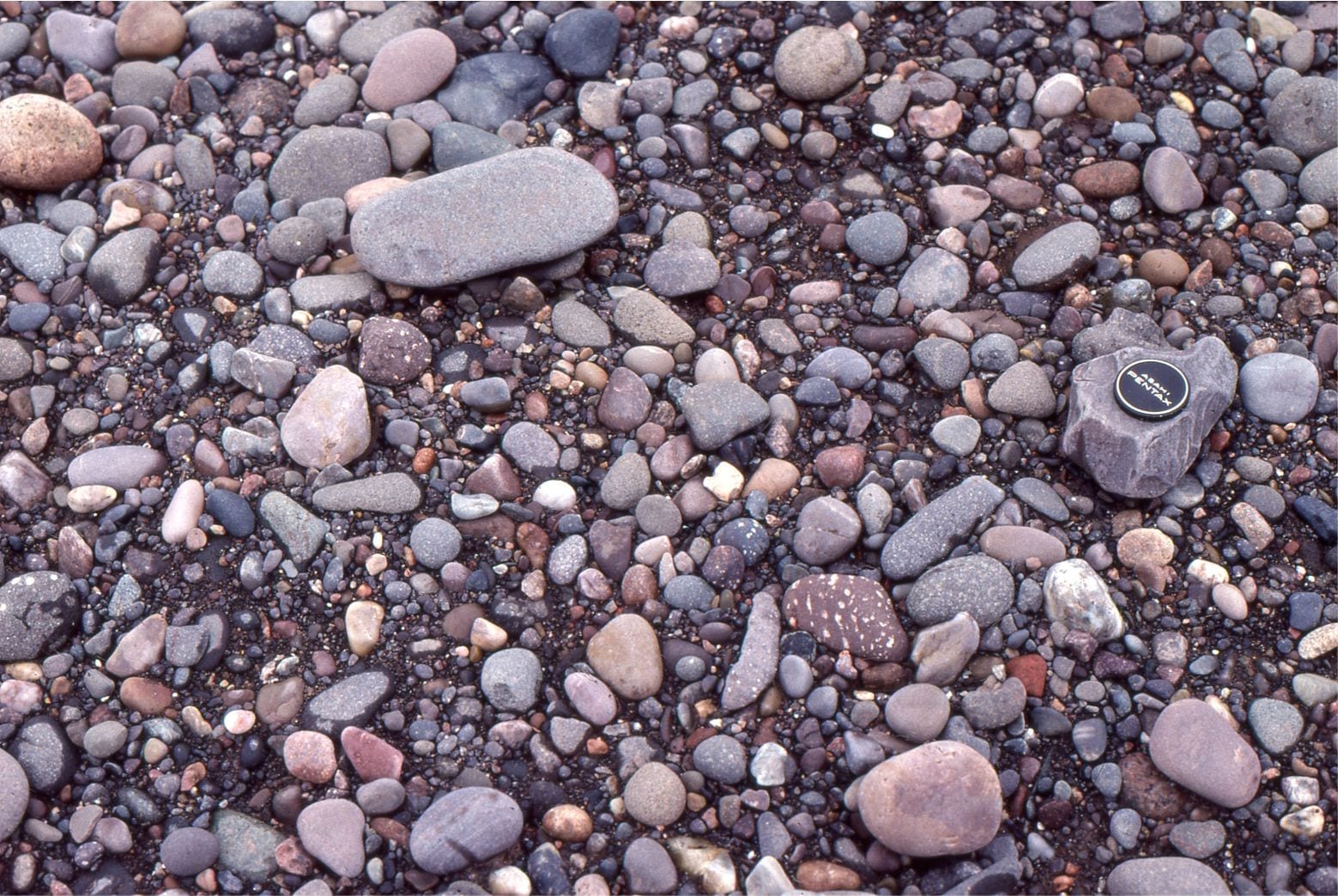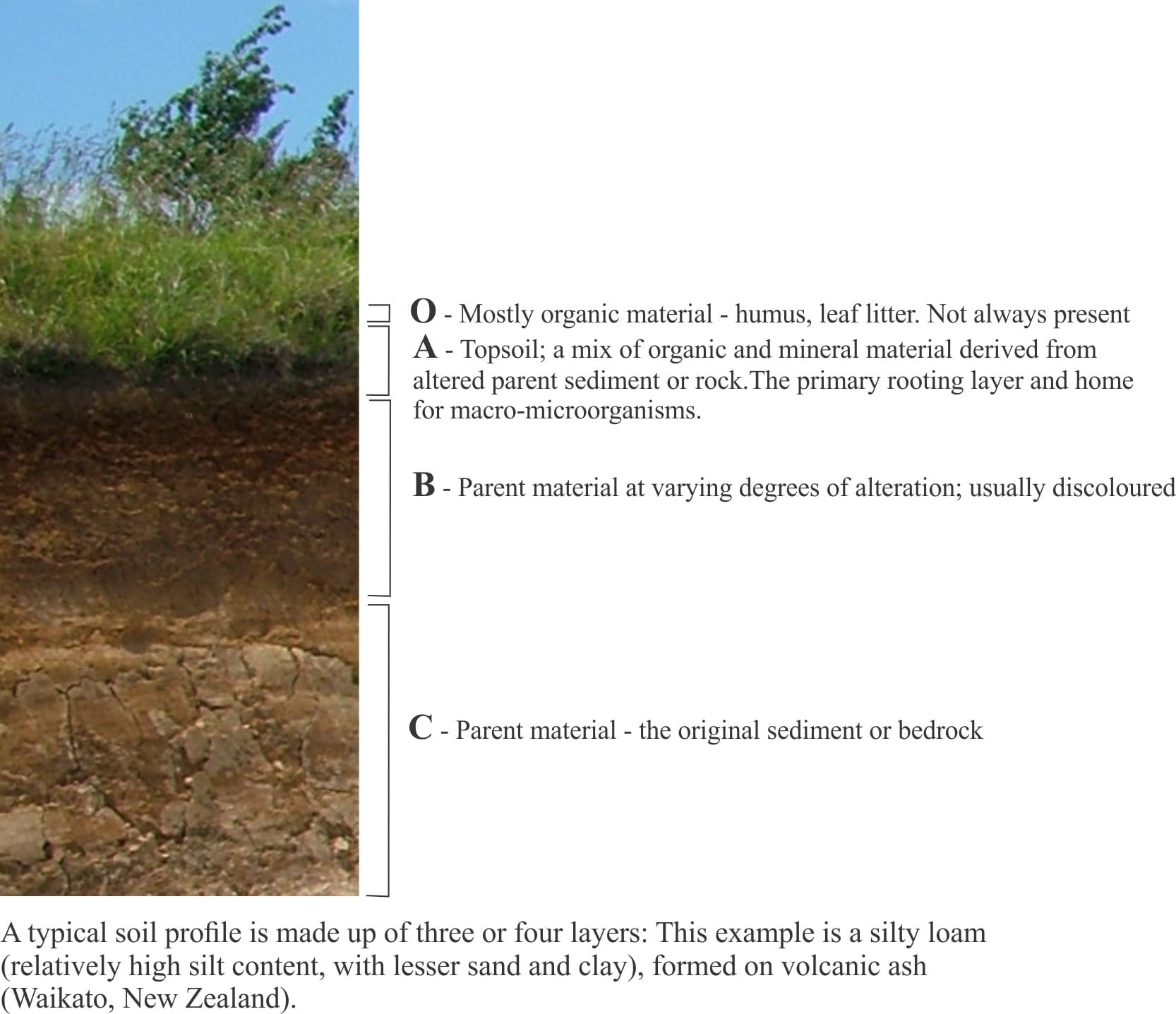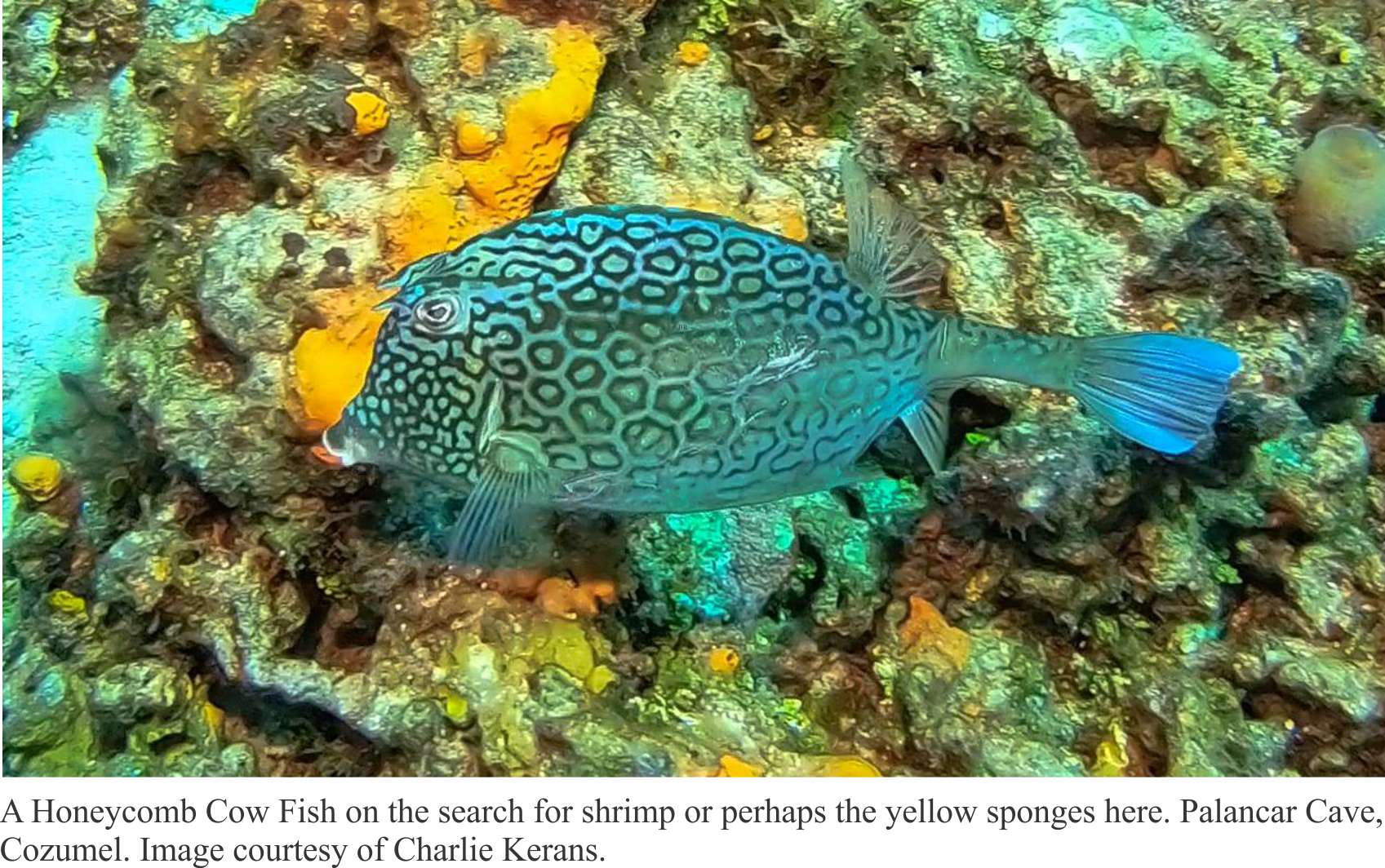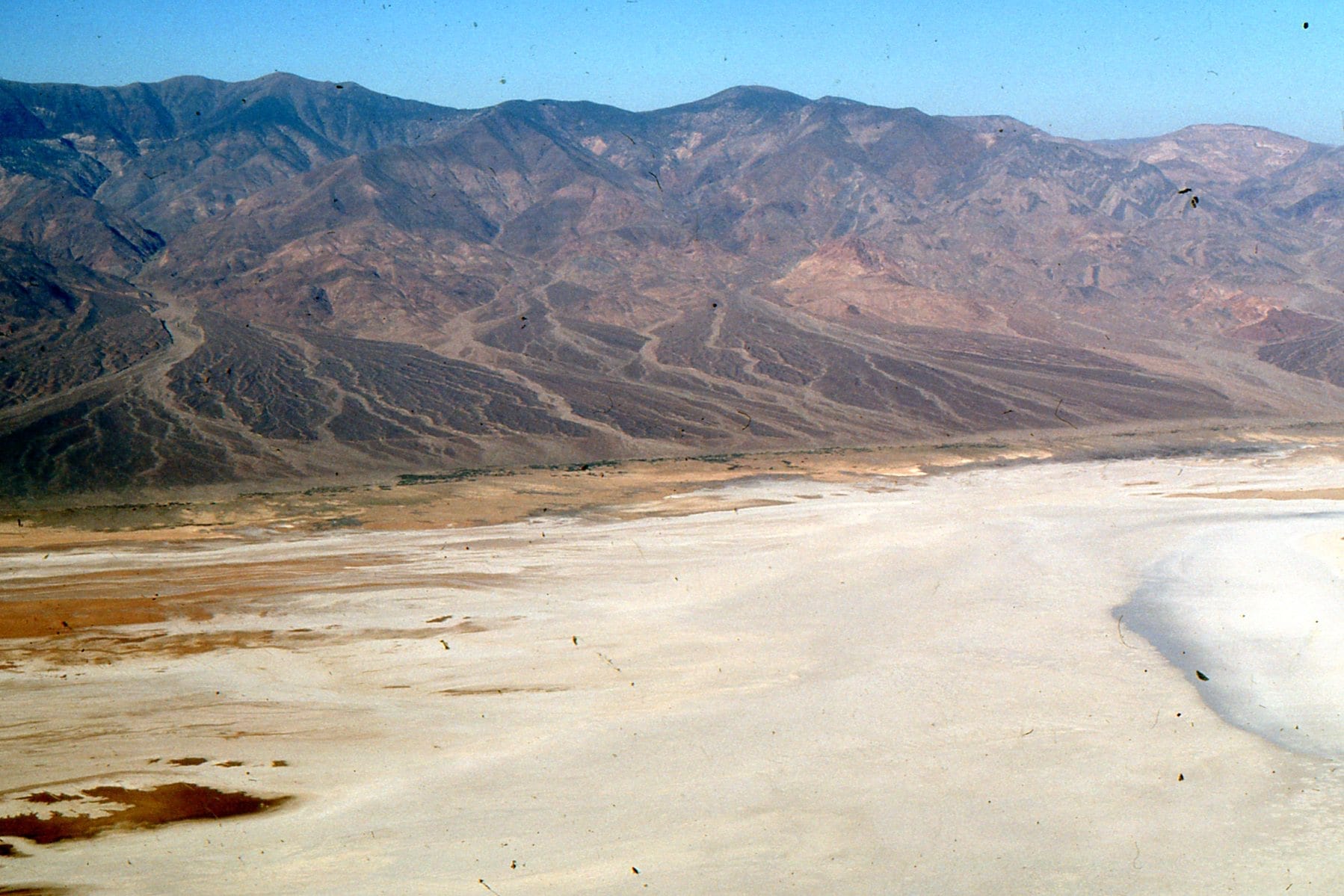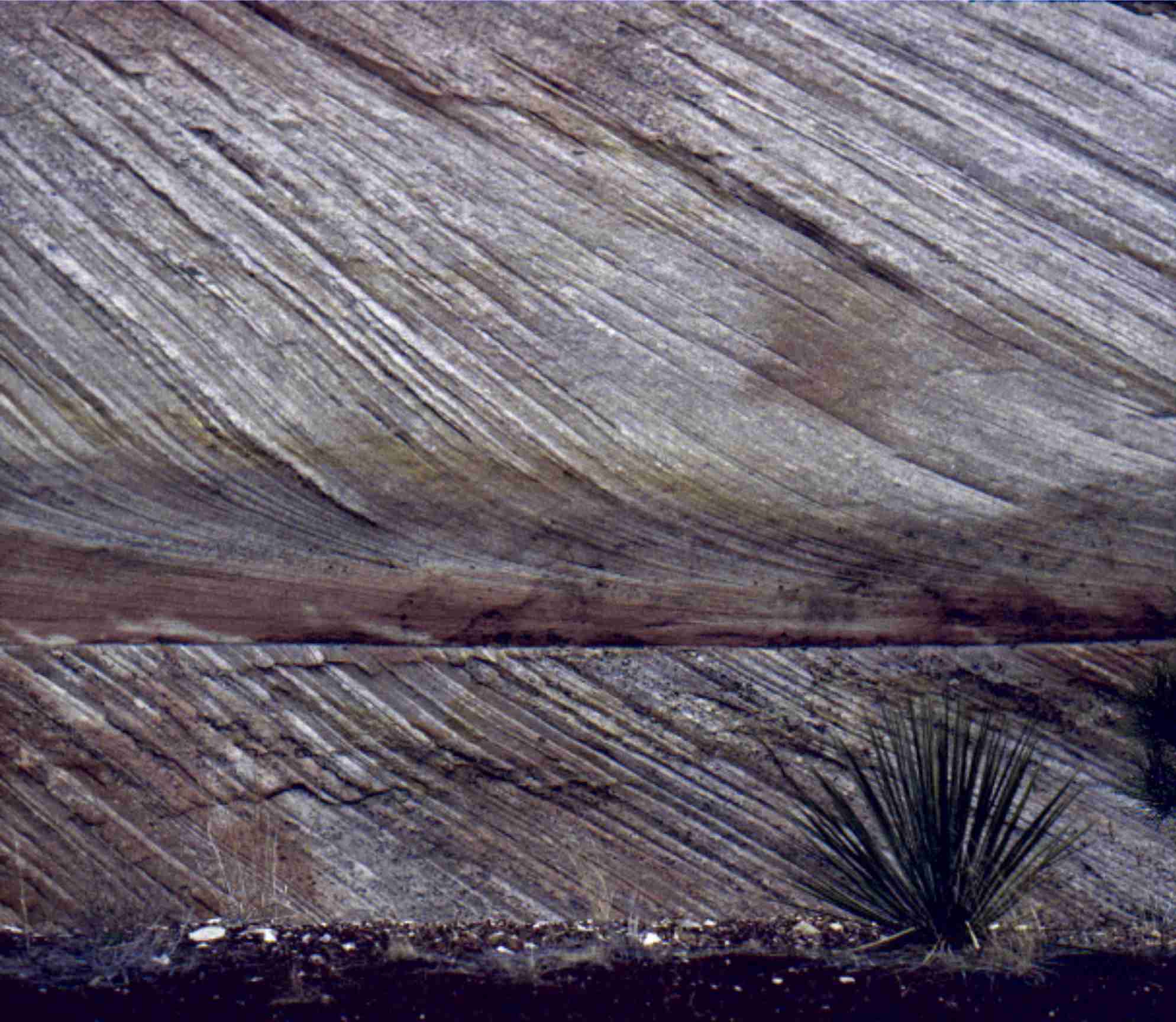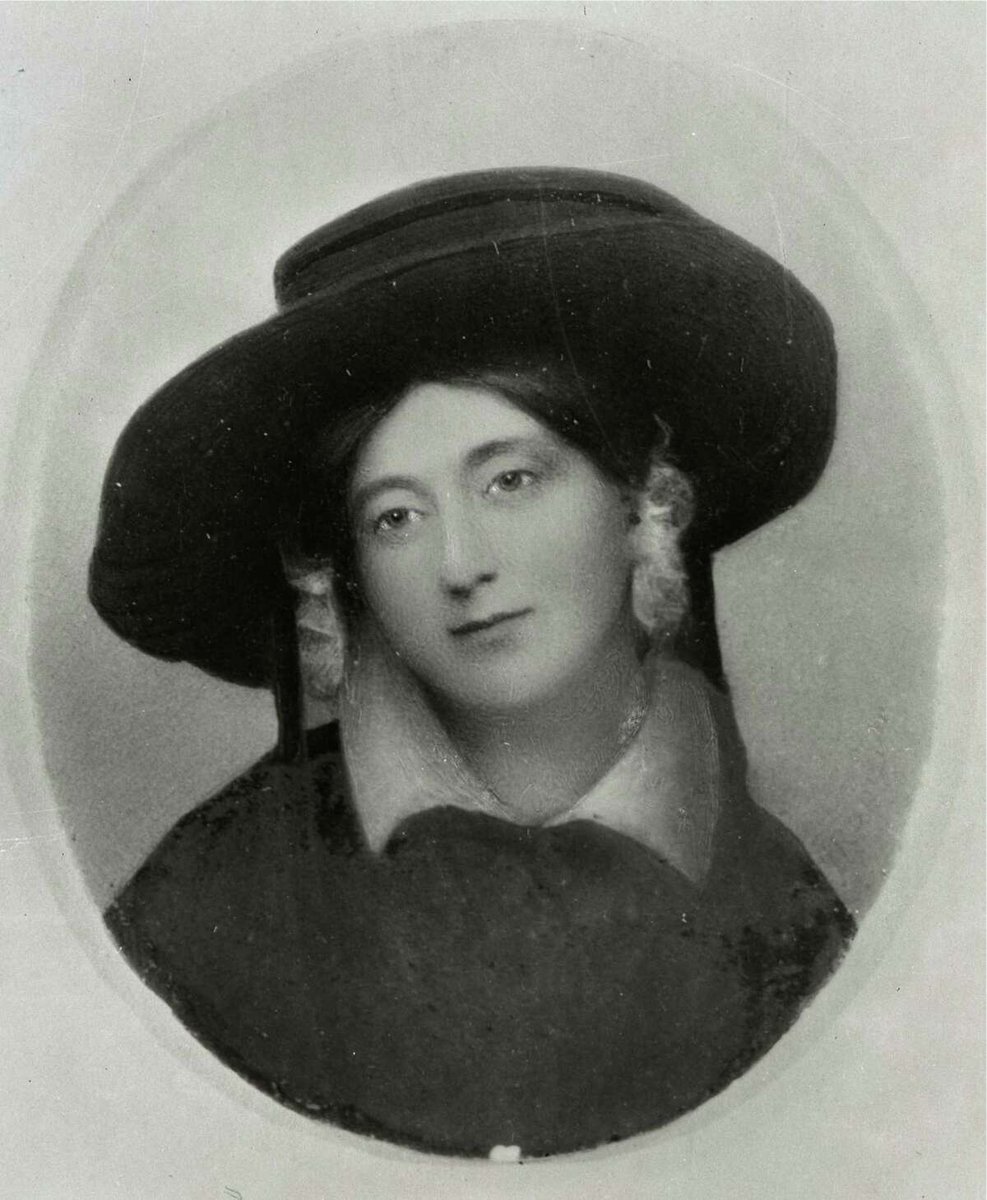A look at intertidal through subtidal deposits in outcrop
This is part of the How To…series on describing sedimentary rocks – outcrops of shallow marine deposits and their sedimentary structures.
Here are some annotated, close-up outcrop images showing details of sedimentary structures – mostly bedforms from ancient shoreface, tidal flat and channel, and shallow shelf environments. The two guides to crossbed nomenclature have been borrowed from a previous post on crossbed terminology (link below). Most of these images have been cropped from originals featured in the Atlas of shelf deposits, and Atlas of beach-lagoon-bar-estuary-tidal flat deposits. The Atlases also show examples of modern analogues to these structures.
Related links in this series on outcrop descriptions
Sedimentary structures: Alluvial fans
Sedimentary structures: coarse-grained fluvial
Sedimentary structures: Fine-grained fluvial
Sedimentary structures: Mass Transport Deposits
Sedimentary structures: Turbidites
Sedimentary structures: Stromatolites
Volcanics in outcrop: Lava flows
Volcanics in outcrop: Secondary volcaniclastics
Volcanics in outcrop: Pyroclastic fall deposits
Other useful links
Sediment transport: Bedload and suspension load
The hydraulics of sedimentation: Flow regime
Fluid flow: Froude and Reynolds numbers
Crossbedding – some common terminology
Describing sedimentary rocks; some basics
Analysis of sediment grain size distributions
Measuring a stratigraphic section
Click on an image to zoom in, then back arrow to return to this page
The first four diagrams show some basic sediment descriptors and terminology, and a typical stratigraphic column drawn from outcrop data. These are your starting points for describing and interpreting sedimentary rocks and sedimentary structures in outcrop, hand specimen, and core.
A few references on published sedimentary structure atlases and glossaries
J.C. Harms, 2003. Primary Sedimentary Structures. Annual Review of Earth and Planetary Sciences v. 7(1):227-248
A.W. Martinius and J.H. Van den Berg. 2011. Atlas Of Sedimentary Structures In Estuarine and Tidally-Influenced River Deposits of the Rhine-Meuse-Scheldt System. Their Application to the Interpretation of Analogous Outcrop and Subsurface Depositional Systems EAGE Publications. Available for download
F.J. Pettijohn and P.E. Potter. 1964. Atlas and Glossary of Primary Sedimentary Structures. Springer.A classic.
H.-E. Reineck and I.B. Singh.1980. Depositional Sedimentary Environments. Springer.
